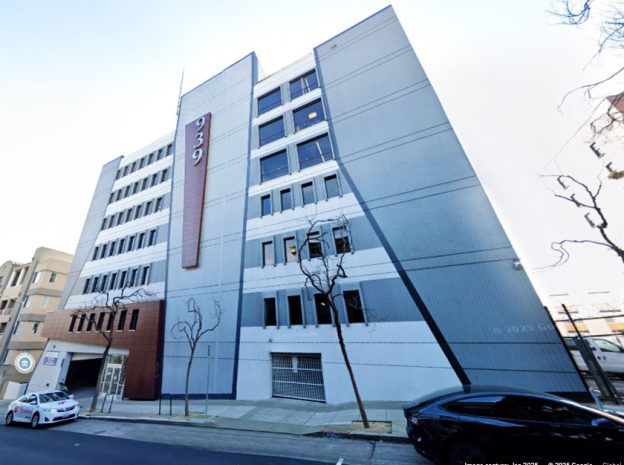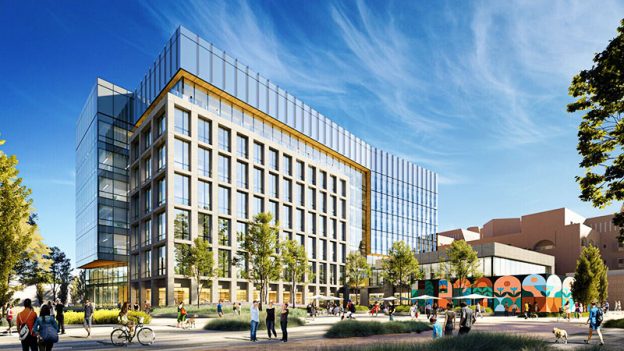When a help, the Bay Area’s tech-centricity immediately turned into an obligation. The tide, nonetheless, is changing once more.
With request plunging in 2020, San Francisco could without much of a stretch be named as one of the country’s most slow office markets temporarily, if not the most. While current basics may generally rule out solace, there’s a whole other world to say about the future than meets the eye.
“Renting request was off by in excess of 70% in 2020, as most organizations that are renting office space have executed a work-from-home procedure,” Mark Christierson, chief VP at CBRE, revealed to Commercial Property Executive.
The unmistakable difficulties confronting San Francisco’s office market were highlighted by the migration of tech heavyweights and plans to accept a more perpetual far off work culture, pushing up the opportunity rate for both direct accessible and sublease office space.
As of February, the general opening rate in San Francisco remained at 12.8 percent, up 550 premise focuses year-over-year. The metro had more than 11.3 million square feet of direct accessible space and almost 7 million square feet was recorded for sublease, CommercialEdge information shows.
Regardless of the increasing opening rate, Peter Conte, senior VP in Transwestern’s San Francisco office, contended that the metro has consistently been perhaps the most powerful urban communities, with “quicker wins and fails than the normal market,” along these lines likewise bound to recuperate quicker. He likewise noticed that while there is a wealth of sublease space available, this additionally denotes a chance for startup gatherings to extend and gain by recently accessible space.
On the way to recuperation
As per a new Newmark study, rent space accessibility has leveled lately in San Francisco, in any event, encountering unassuming decays, contrasted with the final quarter of 2020. Some sublease space was in all probability recorded on a theoretical premise, generally by tech organizations hoping to take care of lease costs, as opposed to assumptions for a drawn out impression shrinkage. Additionally, a portion of this sublease space is being pulled off the market, the analysts noted.
With immunization crusades increase, office clients are getting progressively idealistic and are taking advantage of getting back to the workplace. “Office request is on the ascent. Gradually the immunization and the acknowledgment that routineness is around the bend has started off FAANG (Facebook, Amazon, Apple, Netflix and Google) request. With FAANG request comes ‘security’ for others to start projects,” noted Nick Slonek, head and overseeing chief in Avison Young’s San Francisco office.
Slonek additionally brought up that the Bay Area recorded an in excess of 60% increment in office requests going into 2021. “Visit action is up more than 30%, and proposition action is up more than 40% year-over-year,” he added.
As indicated by VTS’ Office Demand Index report, which tracks occupant interest dependent on office visits by imminent inhabitants, office interest in San Francisco bounced back by just about 95% from the absolute bottom around mid-2020. This could prompt more grounded renting action in impending quarters, pushing the Bay Area’s office market nearer to recuperation.
Who is renting now in San Francisco?
Jeffrey Rogers, leader of Briggs Development, an organization that creates and oversees places of business in the Bay Area, seen that as organizations are getting more certain about their necessities past the pandemic, renting movement has expanded across Briggs’ portfolio. “As the pandemic advanced, we saw a couple of inhabitants empty as their leases terminated, yet we were exceptionally satisfied to have new occupants rent space with additional renting discussions in progress,” he said.
At present, the most-dynamic occupants in the market are proficient administrations and life sciences organizations, and those partnered with them. These organizations “will in general search for adaptable, multiuse drafting, enormous/open arrangement spaces that can’t be reproduced from the work space and can turn use in the future for their business needs,” as per Conte.
To be sure, the kind of room and its area will be basic in deciding the accomplishment of places of business later on. The new record $1.1 billion offer of The Exchange on sixteenth, a 750,000-square-foot office resource in San Francisco’s Mission Bay area, epitomizes the future necessities of office proprietors and occupants. The LEED Platinum-guaranteed assembling fills in as the base camp of Dropbox. Be that as it may, the tech organization embraced a perpetual far off work system and offered half of the structure for sublease.
Vir Biotechnology subleased almost 134,000 square feet at The Exchange on sixteenth, around 33% of the space that Dropbox put available. Last week, Dropbox affirmed that it has marked another, 52,604 square feet rent with BridgeBio—a medication advancement firm—denoting the property’s subsequent biotech bargain, the San Francisco Chronicle revealed.
In the mean time, proficient administrations inhabitants are for the most part restoring, typically for less, or attempting to gain by current economic situations by either bringing down their inhabitance expenses or pursuing the open door for a flight-to-quality, said Slonek.
Slonek expected that renting movement for tech organizations will increment in the second 50% of the year. For the present, these occupants are “exploiting pre-fabricated, low forthright CapEx exchanges that will bandage their development to procrastinate on important choices for some time longer,” he added.
In any case, by the third and fourth quarters of 2021, the Bay Area ought to gradually get once more into shape. “We expect request and gross renting movement to have returned to ‘typical’ midpoints by 2022,” said Slonek. “When information guides head toward hit the market with consistency, the two property managers and occupants will be prepared to rest easy thinking about settling on significant choices. Until that time, we will keep on seeing irregular action among proficient administrations and innovation organizations,” he closed.













